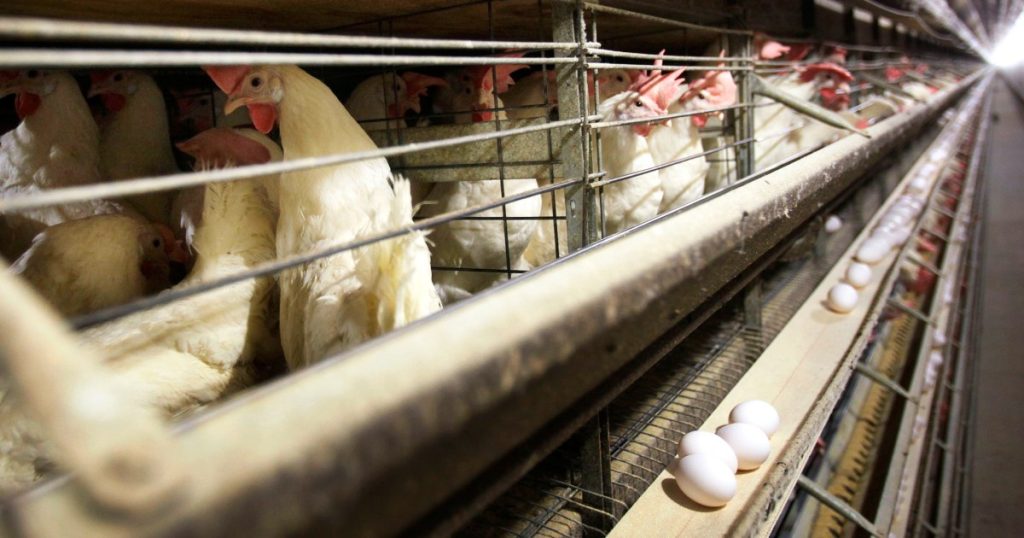An outbreak of highly pathogenic bird flu in Iowa has led to the need to kill 4.2 million chickens at an egg farm in Sioux County. This is part of a larger outbreak that has been ongoing for several years, with a total of 92.34 million birds killed since 2022. The virus was also recently confirmed at an egg farm in Minnesota, resulting in the slaughter of nearly 1.4 million chickens. The spread of bird flu to cattle has raised concerns, with cases reported in dairy cattle farms in multiple states.
Despite the spread of bird flu to cattle, health and agriculture officials have reassured the public that the risk to humans remains low. The U.S. Department of Agriculture has emphasized that the meat from infected animals is not allowed to enter the food supply, ensuring the safety of beef products. However, workers who are exposed to infected animals are at a higher risk of contracting the virus. In the United States, only three human cases of bird flu have been confirmed, including two dairy workers and a man working at a poultry farm.
The confirmation of bird flu in both beef and milk has added to concerns about the disease, as it has the potential to significantly impact the agriculture industry. In addition to the millions of chickens that have been killed, the virus has also affected dairy cattle farms in multiple states. The outbreak has disrupted the operations of farms and has led to significant losses for the poultry and dairy industries.
Efforts are being made to contain the spread of bird flu, with the culling of millions of birds at affected farms. This includes implementing biosecurity measures to prevent further outbreaks and conducting regular testing to monitor the situation. Despite these efforts, the highly pathogenic nature of the virus makes it challenging to control, leading to concerns about the potential for further spread.
The impact of the bird flu outbreak on the poultry industry in Iowa and Minnesota has been significant, with millions of chickens needing to be culled to prevent the spread of the virus. The losses incurred by farmers are substantial, with the need to dispose of millions of dead birds and implement measures to prevent further outbreaks. The ongoing efforts to control the outbreak and prevent further spread highlight the challenges faced by the agriculture industry in managing the effects of highly pathogenic diseases.
Overall, the outbreak of highly pathogenic bird flu in Iowa and Minnesota has raised concerns about the spread of the virus to cattle and the potential impact on public health. Efforts to contain the outbreak and mitigate its effects are ongoing, with a focus on implementing biosecurity measures and monitoring the situation closely. The significant losses incurred by the poultry and dairy industries highlight the need for continued vigilance in managing the outbreak and preventing further spread of the virus.


